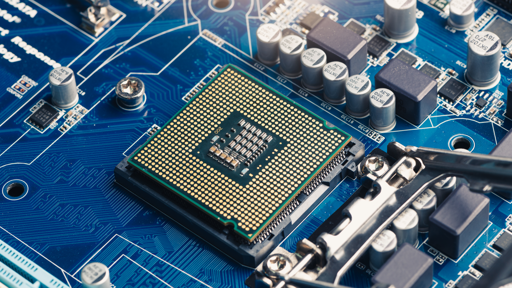“The new device is built from arrays of resistive random-access memory (RRAM) cells… The team was able to combine the speed of analog computation with the accuracy normally associated with digital processing. Crucially, the chip was manufactured using a commercial production process, meaning it could potentially be mass-produced.”
Article is based on this paper: https://www.nature.com/articles/s41928-025-01477-0



The problem is that both the generation as well as the sampling is imprecise. So there are losses at every conversion from the digital to the analog domain. On top of that are the analog losses through the on chip circuits themselves.
All in all this might be sufficient for some LLMs, but they are worthless junk producers anyway, so imprecision does not matter that much.
Not in a completely analog system, because there’s no conversion between the analog and digital domains. Sure, a big advantage of digital is that it’s much much less sensitive to signal degradation.
What you’re referring to as “analog audio hardware” seems to be just digital audio hardware, which will always have analog components because that’s what sound is. But again, amplifiers, microphones, analog mixers, speakers, etc have no bit depth or sampling rate. They have gains, resistances, SNR and power ratings that digital doesn’t have, which of course pose their own challenges